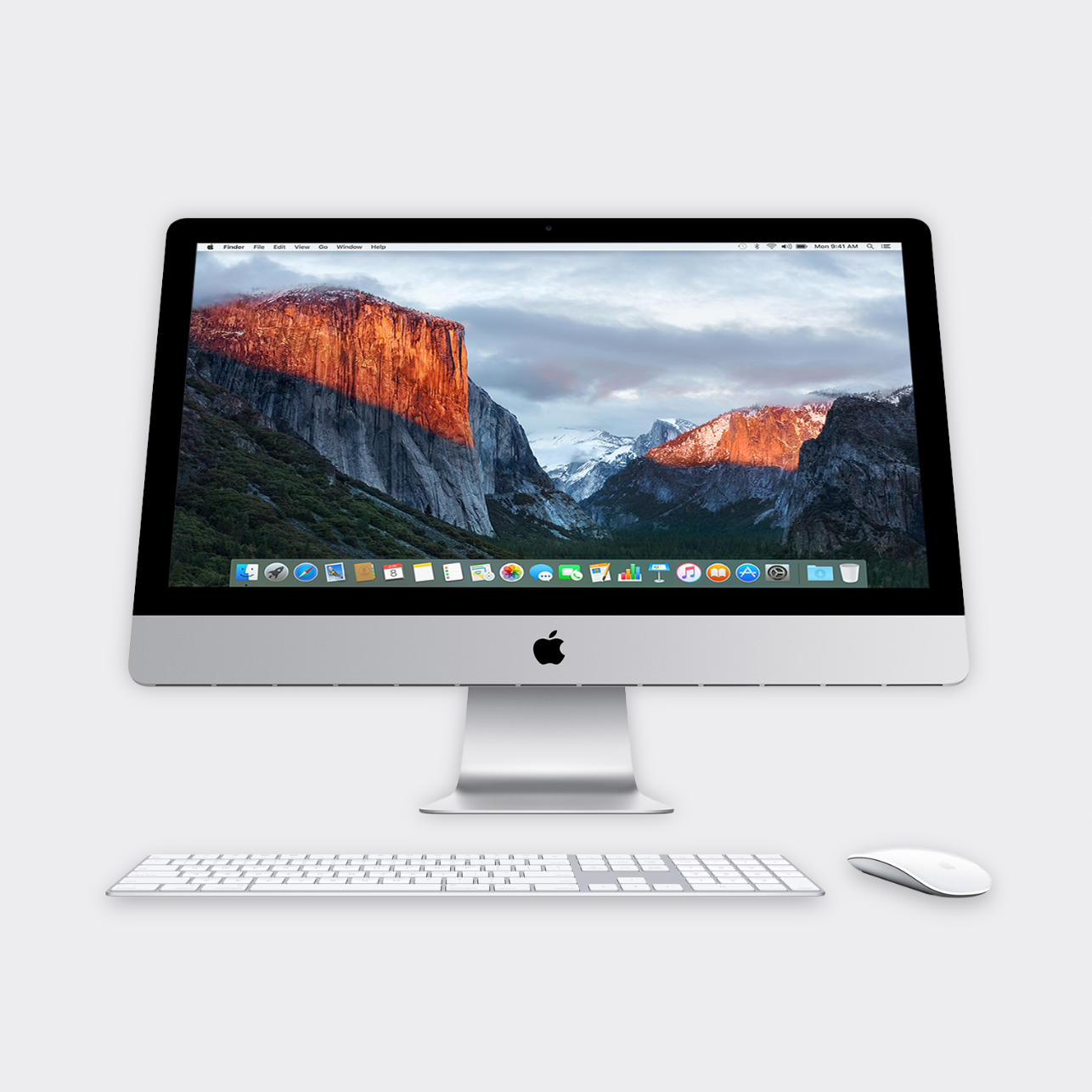ByeMac
The last major redesigns to the iMac came in 2012 (slim unibody) & 2014 (Retina 5K Display).
Second to only the Macintosh, the iMac has always felt like the computer that has defined Apple. The current iMac design philosophy (i.e., floating screen/hardware on a tilting metal base) has remained mostly unchanged since 2004, though it has gone through several waves of refinement.
Starting in 2007, the iMac moved to an aluminum casing, which was followed by an all-aluminum unibody design in 2009. In 2012, the iMac saw its last real redesign, moving to a slim unibody design created using a process known as friction-stir welding. I vividly remember watching Apple unveil the iMac during their October 2012 keynote & being agog at how slim & polished the iMac's design had become. In 2014, Apple introduced a Retina 5K panel into the iMac, and a jaw-dropping design met an equally jaw-dropping display.
All of that was just a bunch of rambling to say that yesterday I said goodbye to the 5K iMac that had faithfully been my main computer these past five years. My iMac had begun to show its age - less RAM, smaller SSD, & subpar graphics performance than my portable - though the most significant factor for my decision was that my current workflow needs had moved away from needing a fixed desktop space. The kiss of death came when Apple announced its long-rumoured move to Apple Silicon earlier this week at WWDC20. I knew then that the iMac would not be travelling with me through that transition.
Next purchase? An Apple Silicon iMac? MacBook? Something else? Not sure. The Intel MacBook I have is spec'd to keep me going for the next 2-3 years while I impatiently wait & see what new designs & innovations come from Apple into the next decade of computing.

